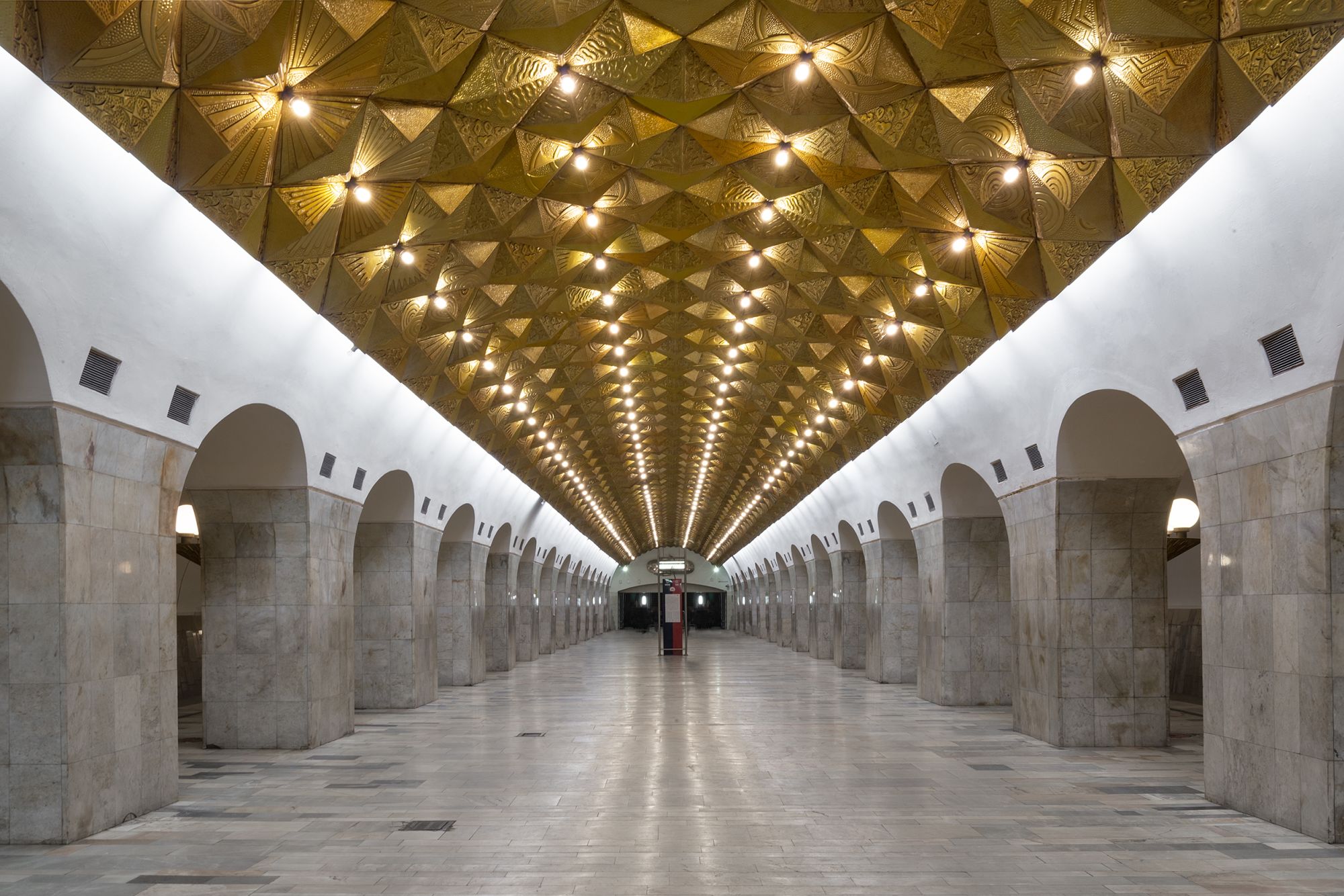When the Moscow Metro was first announced in the 1930s, the city’s residents were immediately fascinated by how it might look. Station designs were reportedly displayed in shop windows along bustling Tverskaya Street, fueling Muscovites’ curiosity toward the new underground network.
What they got was a maze of subterranean stations, each espousing their own architectural styles. Some celebrated Russia’s grand Baroque past, while others nodded to the Art Deco aesthetics of the day. In the eight decades since its opening, the Metro system has expanded to encompass more than 200 stations and newer styles.
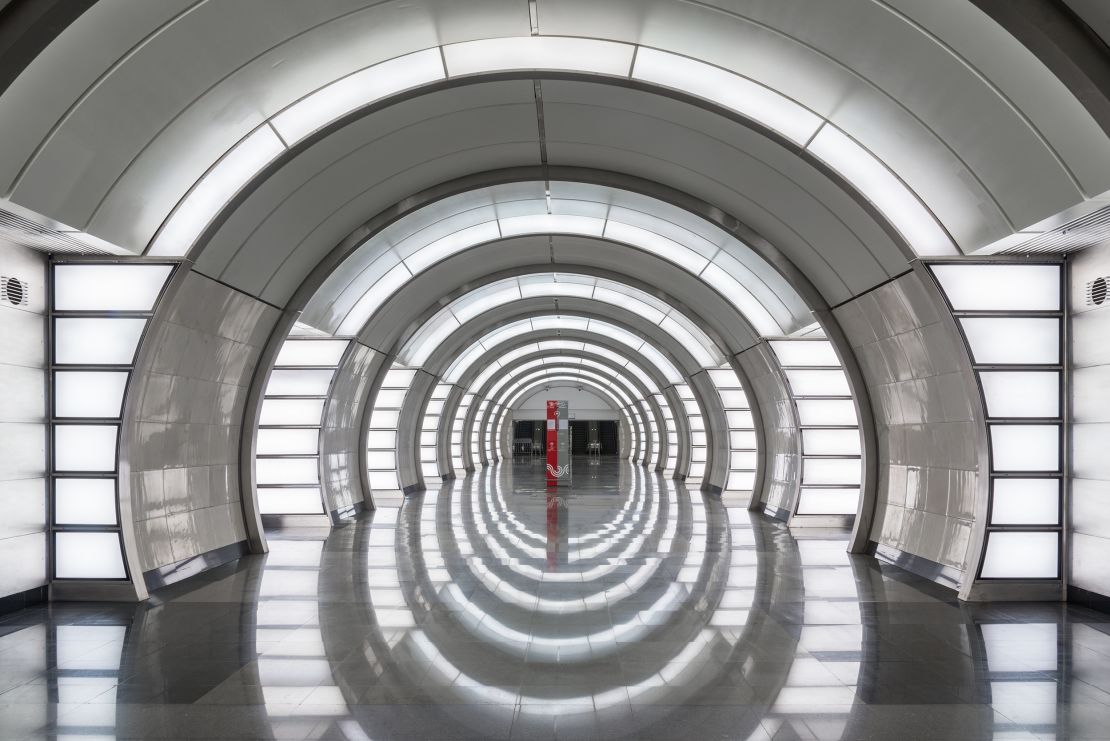
Today’s busy commuters may pay little attention to the Metro’s painted murals or vibrant mosaics. But architectural historian Nikolai Vassiliev hopes to reignite interest in the system’s designs, with the release of the Moscow Metro Architecture and Design Map.
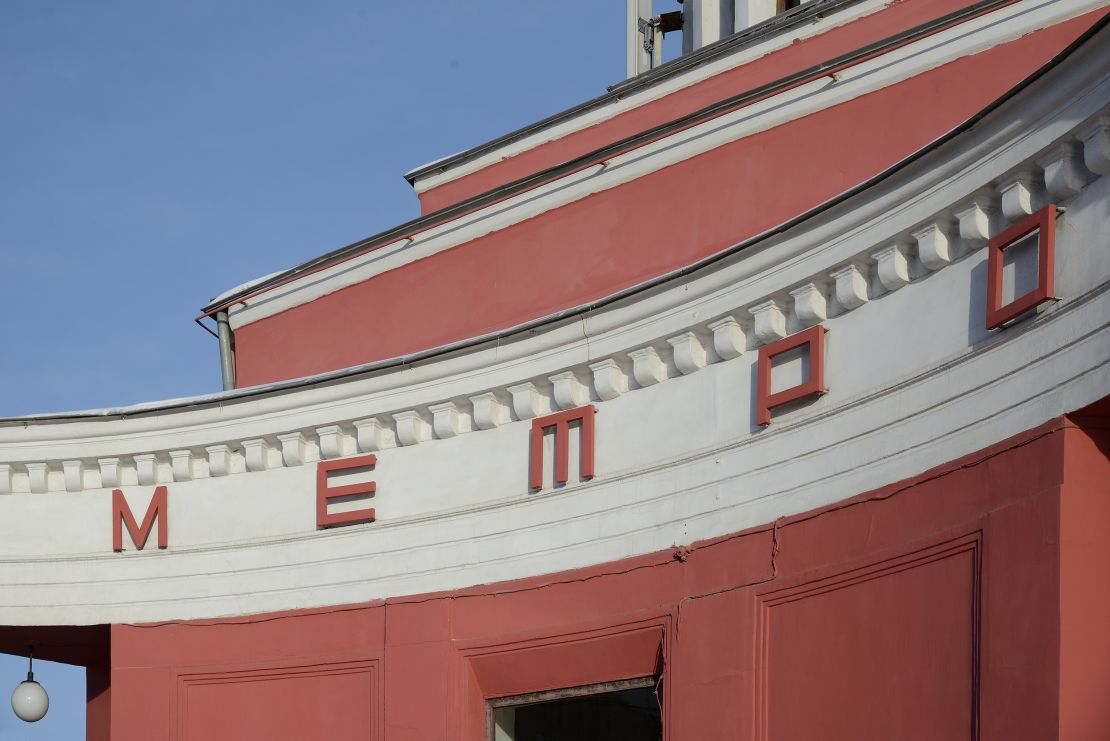
The map, which Vassiliev curated, highlights a number of key stations.
“Today we mostly perceive some artistic and ideological meaning (in the stations) but back in (the) 1930s, it was more important to solve Soviet capital transport issues,” he said in an email interview.
Beauty hidden underground
The man behind the Moscow Metro was Soviet politician Lazar Kaganovich, a staunch Stalinist better known for his role in the famine that devastated Ukraine just a few years prior. His vision resulted in both an efficient metro system that transported citizens around the city, as well as some stations selling a “vision of the 1930s… like the importance of particular districts and development directions,” according to Vassiliev.
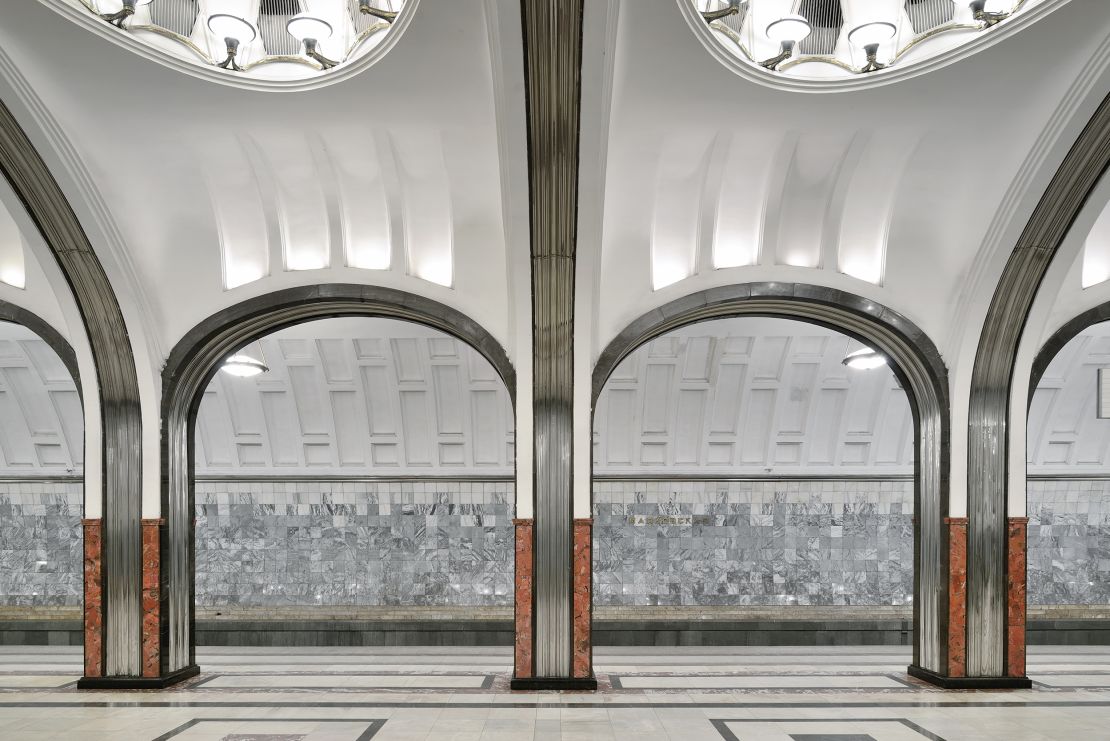
Mayakovskaya station, he said, celebrates aviation. If passengers look up, they will discover murals of Soviet planes streaking across a blue sky. Novokuznetskaya and Avtozavodskaya stations, on the other hand, showcase the industrial prowess of their respective neighborhoods.
The former, which is found near the city center, hosts a giant painted mural of Lenin – albeit more the idea than the man himself. His head floats above images of workers on the left and soldiers on the right.
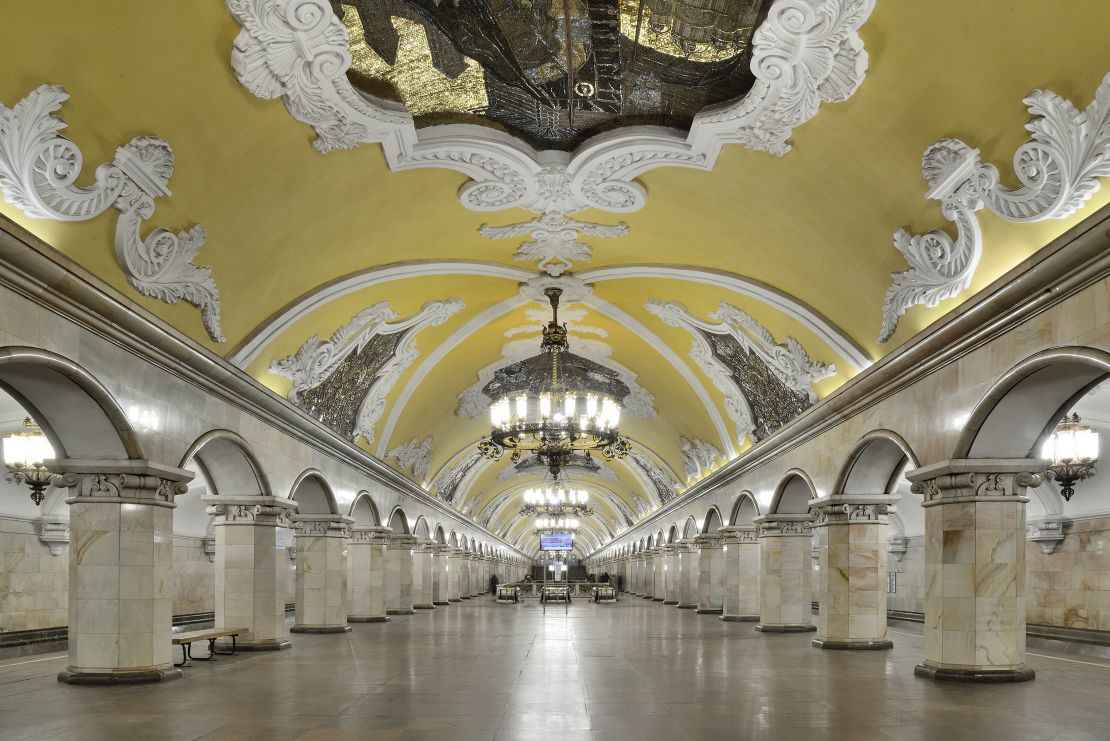
Many post-war stations depicted victory in World War II. Late Stalin-era stations “show the grandeur and the pathos of the victory in forms of Russian Baroque,” said Vassiliev, pointing to Komsomolskaya station as a prominent example with dramatic ceiling cartouches and mosaics of military commanders.
A design legacy
For now, the Moscow Metro continues to fulfill its original purpose: getting people from A to B. But, in taking stock of the stations’ spectacular details, commuters may also be treated to a visual history of art and architecture.

It’s an appreciation that Vassiliev hopes will continue into the future. For the last 10 years, he has sought heritage protection for the Metro by documenting its art, lobbying authorities and even approaching private collectors who might be interested in helping to preserve the stations.
“The Metro is important,” he added in a phone interview. “It’s not only part of 20th century architecture or infrastructure. The system of stations belong to everyone. Unlike Moscow, which changes very quickly, the underground offers something stable.”
